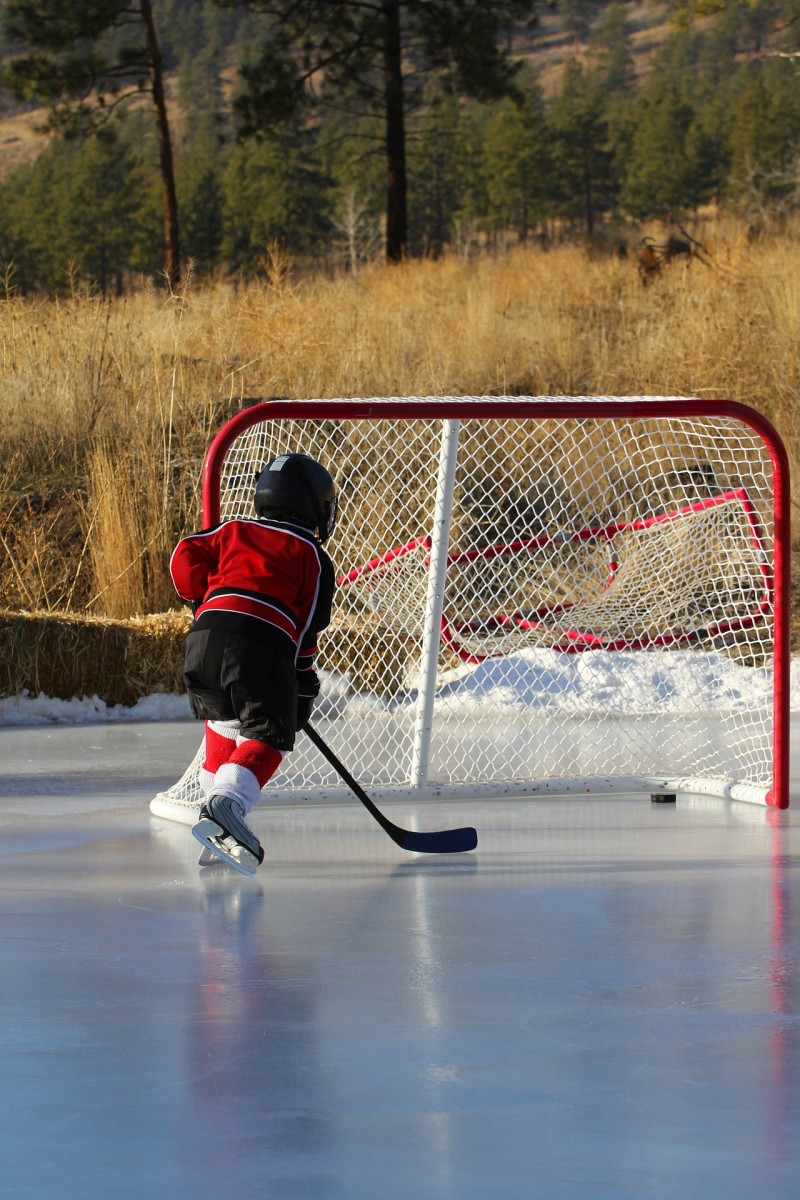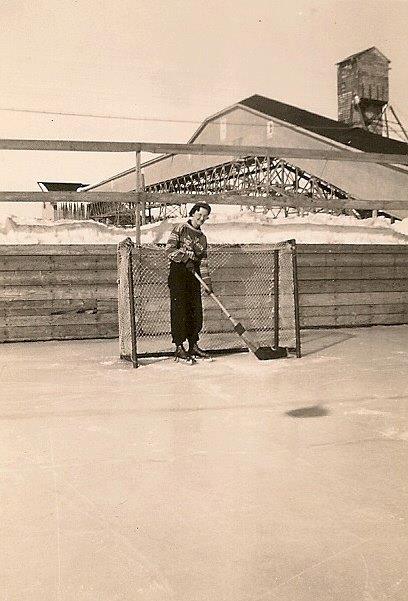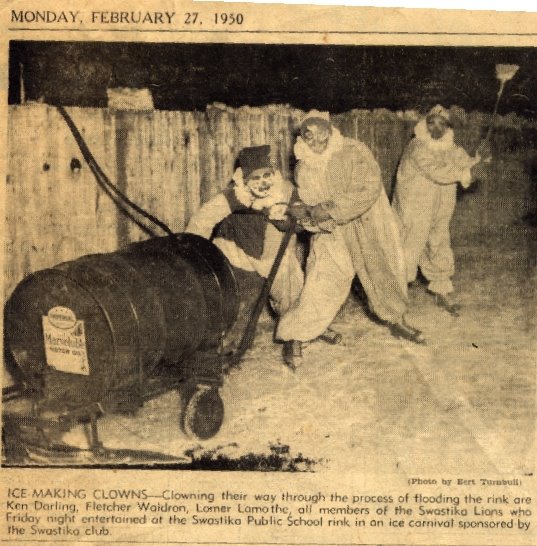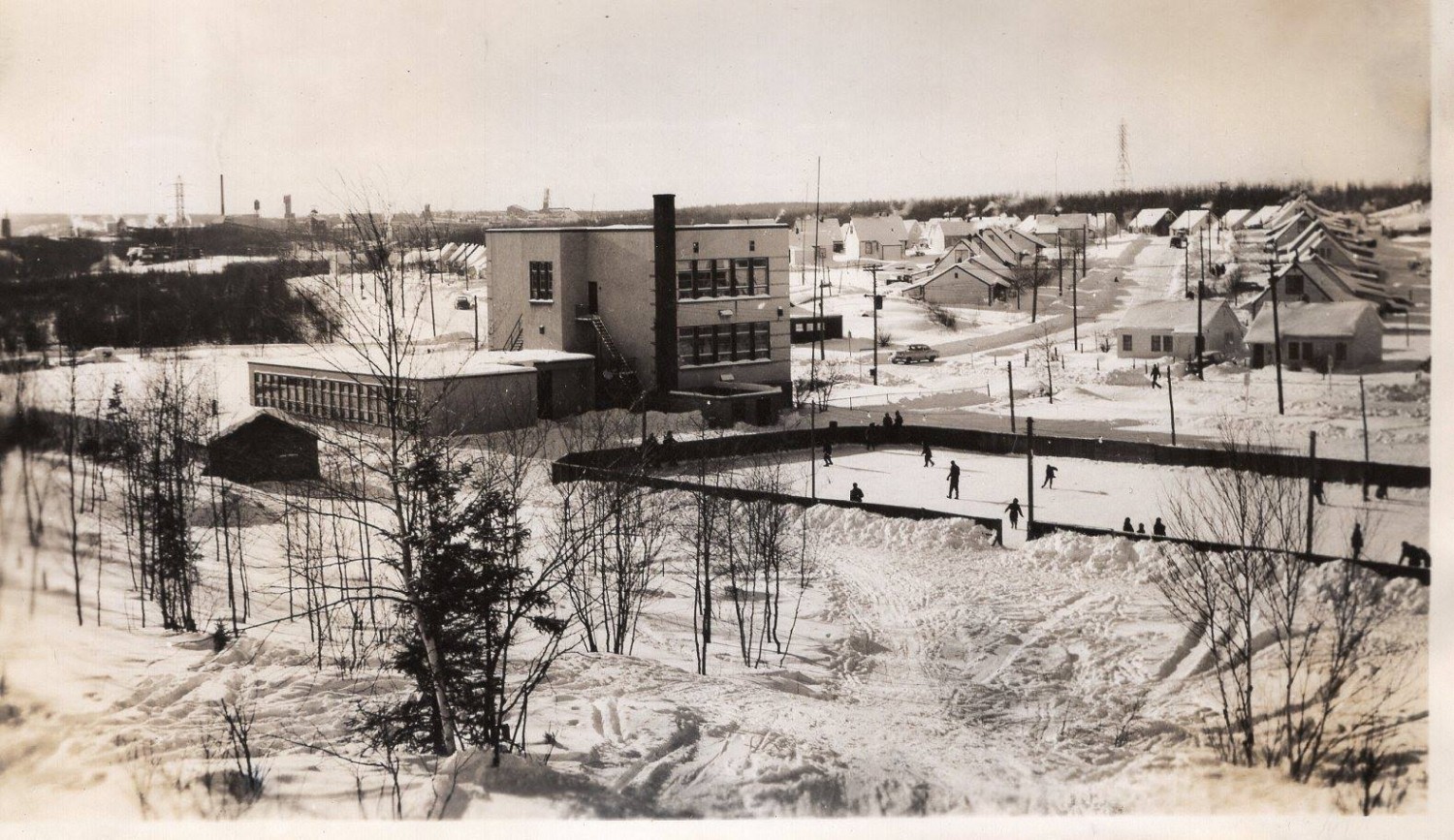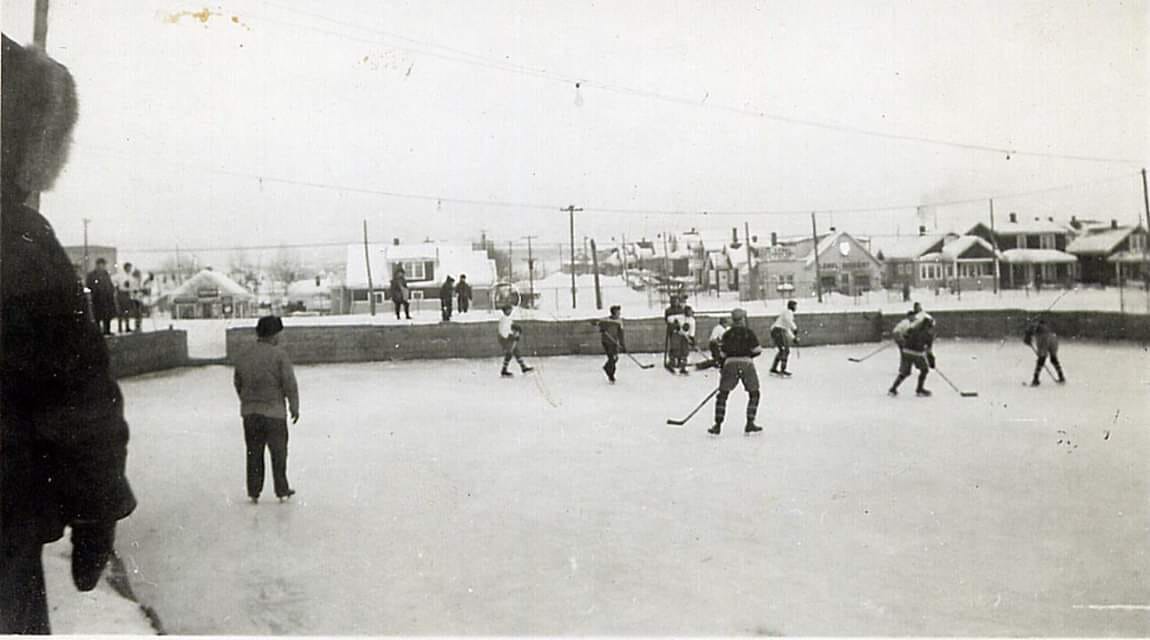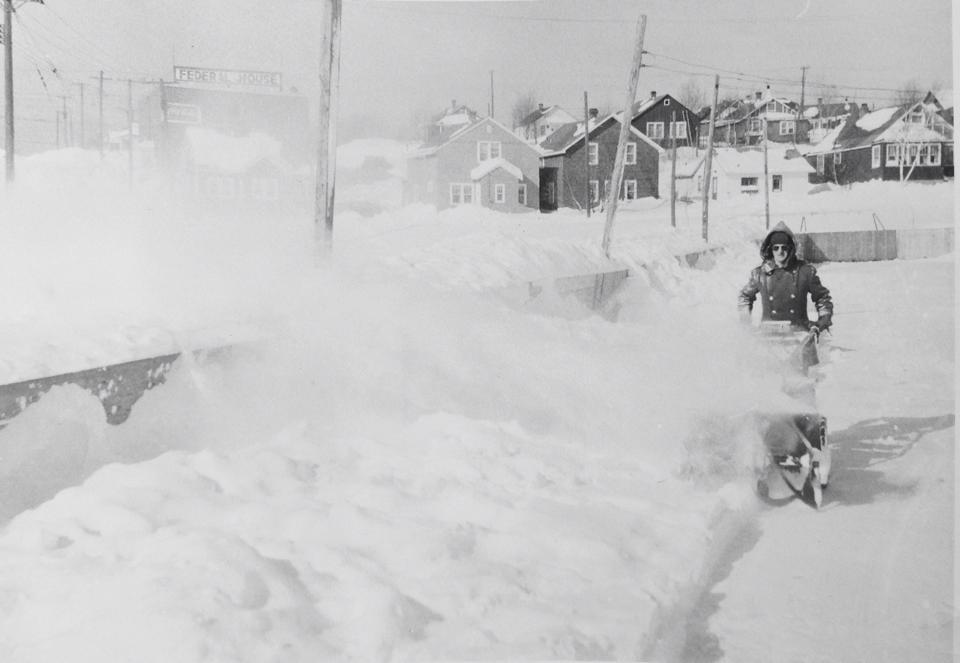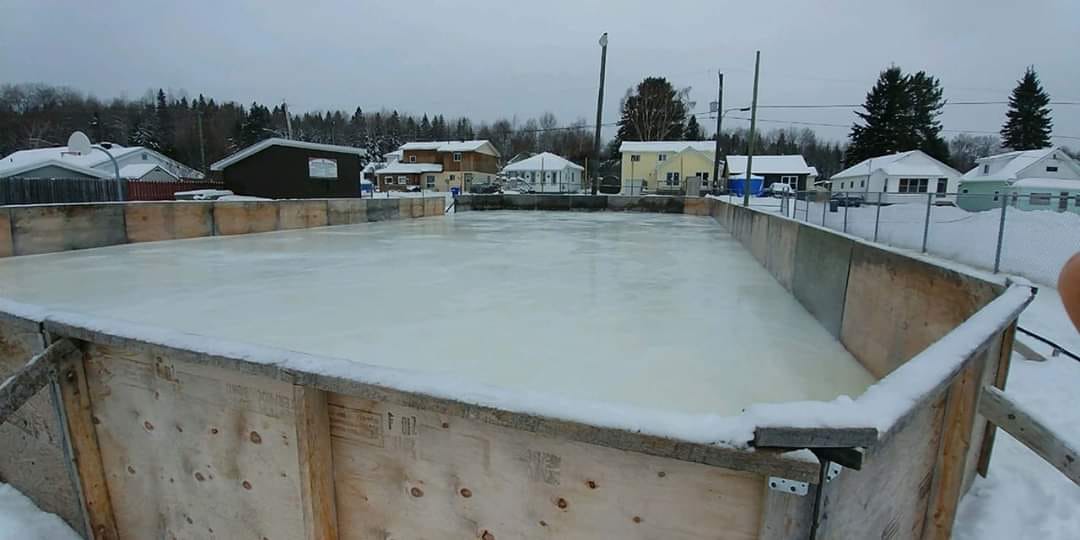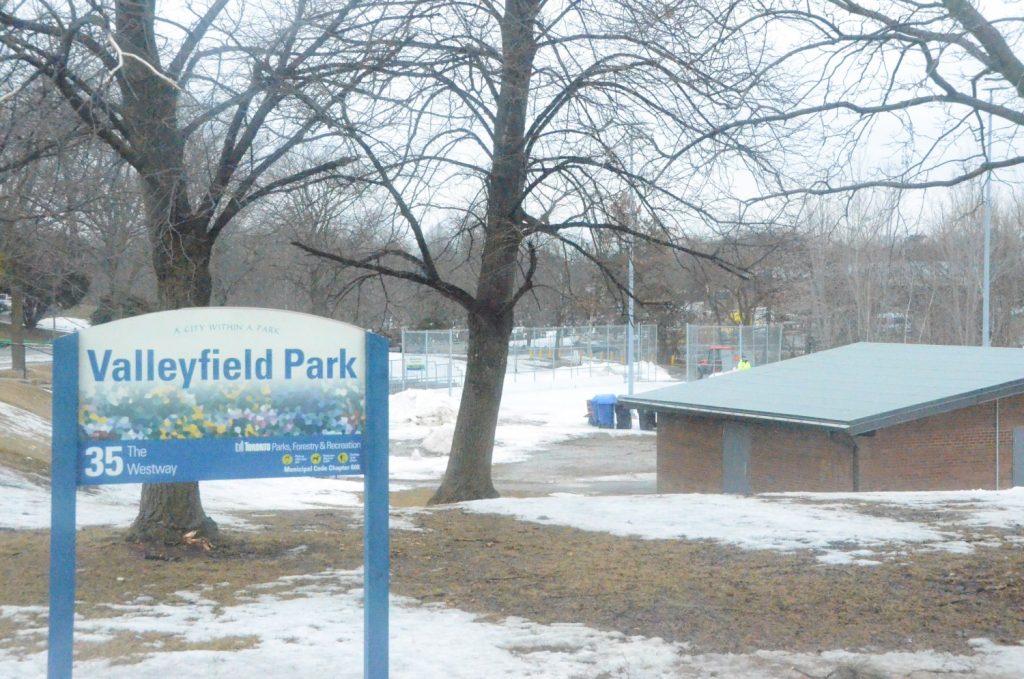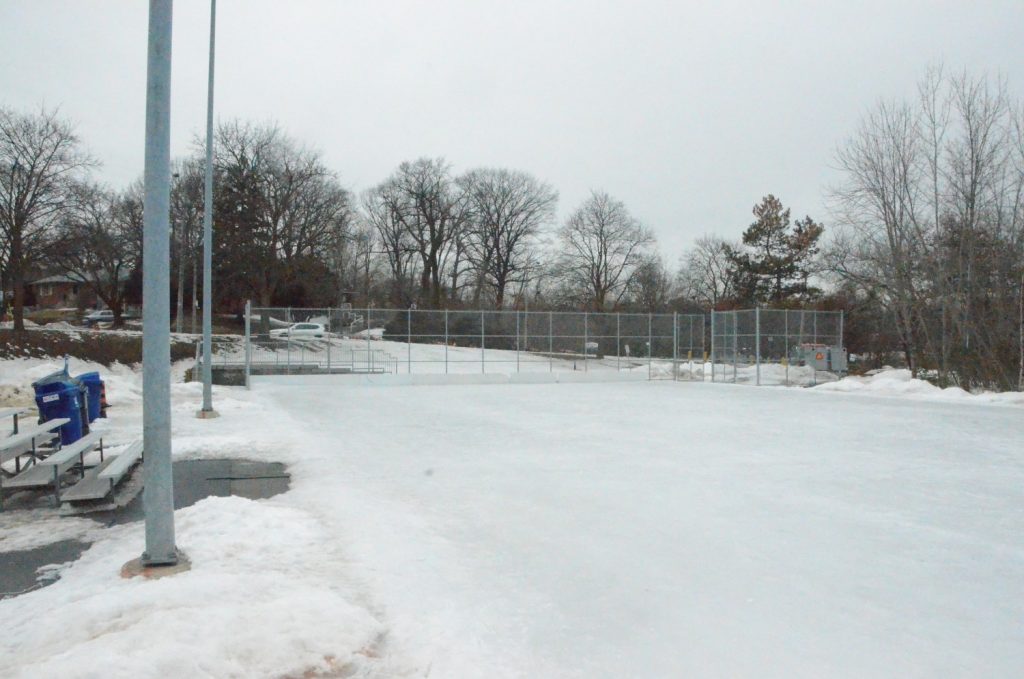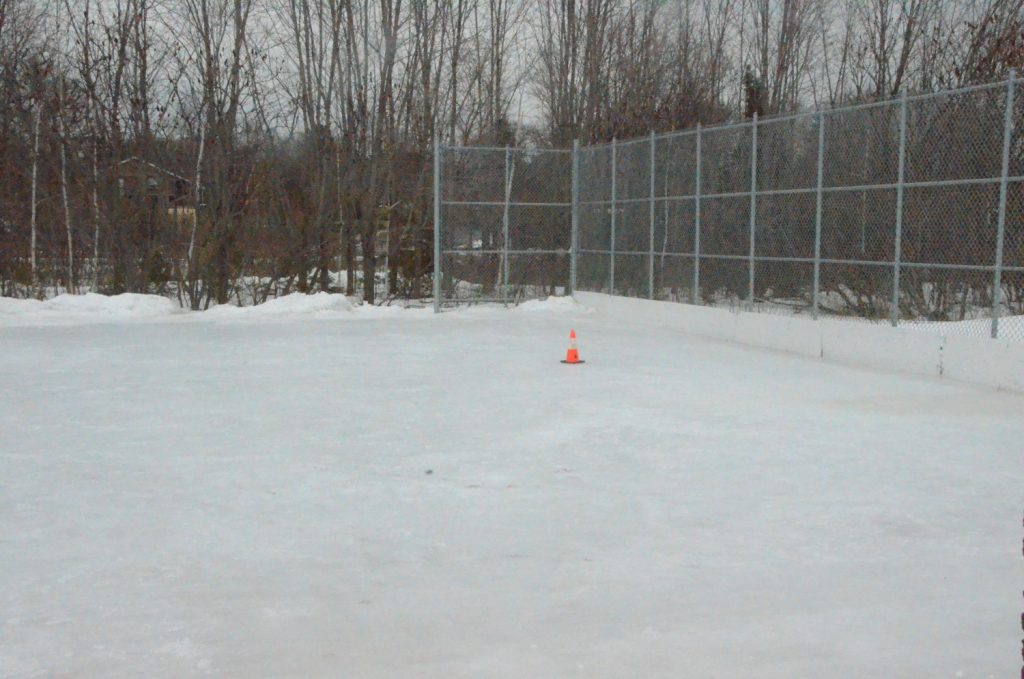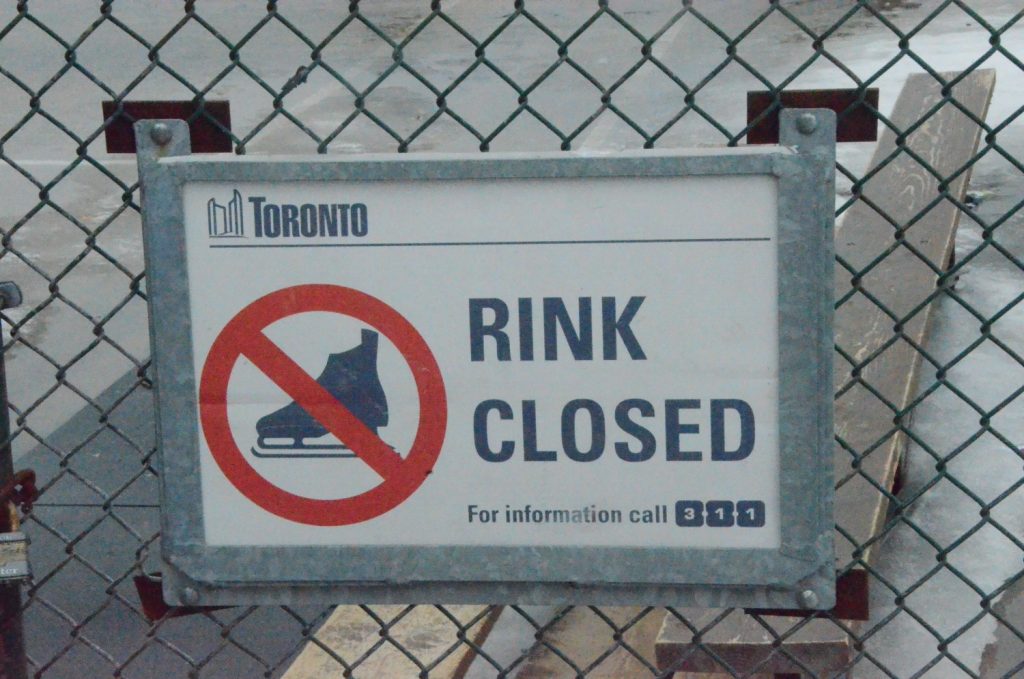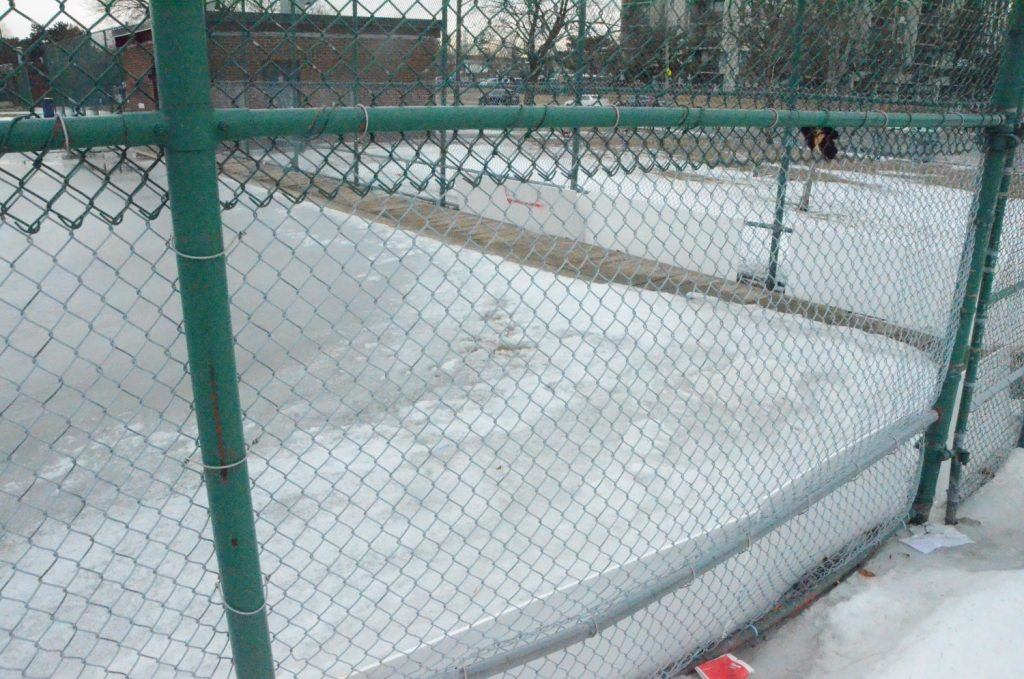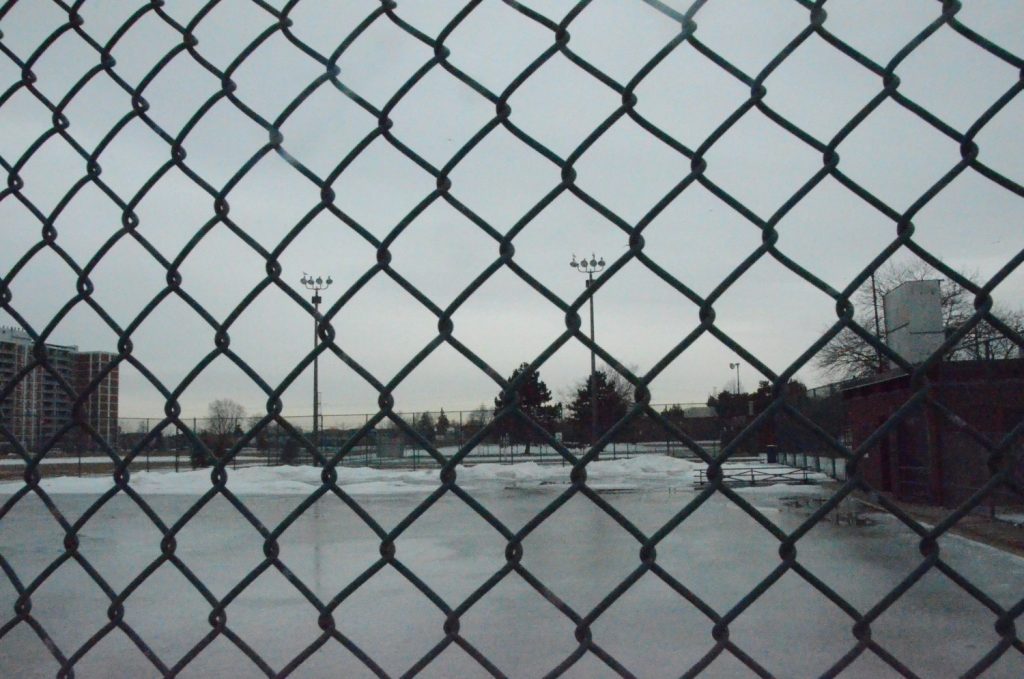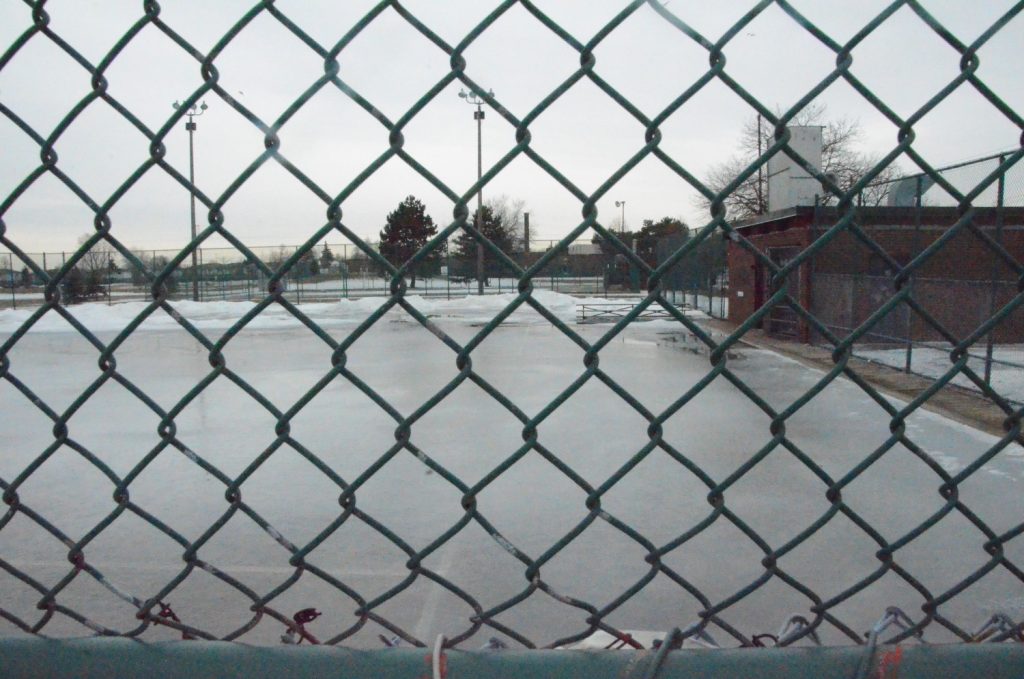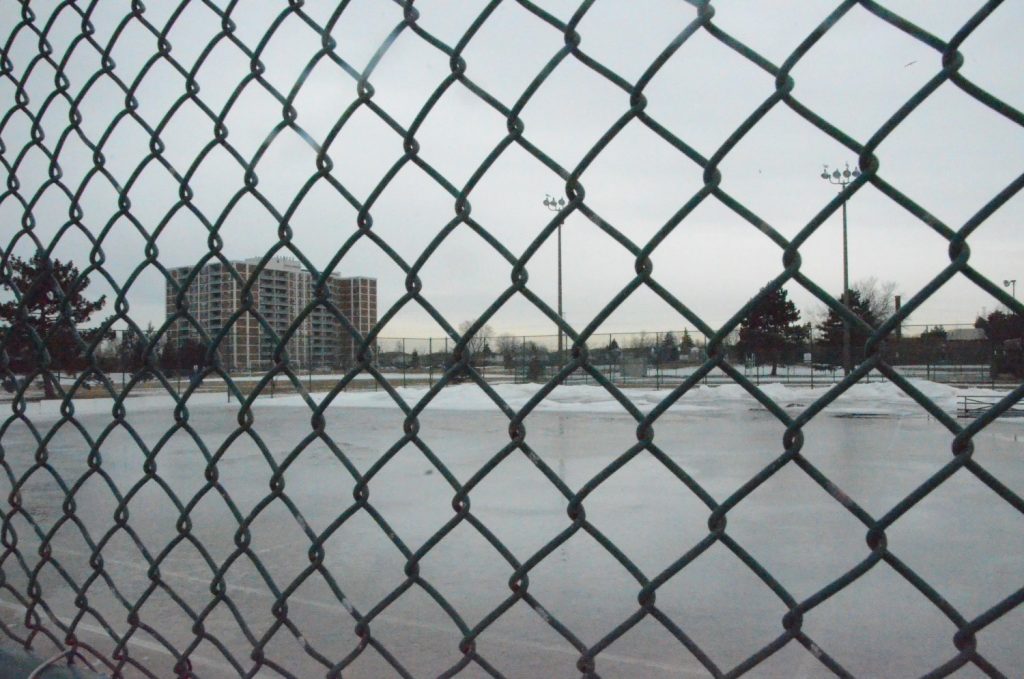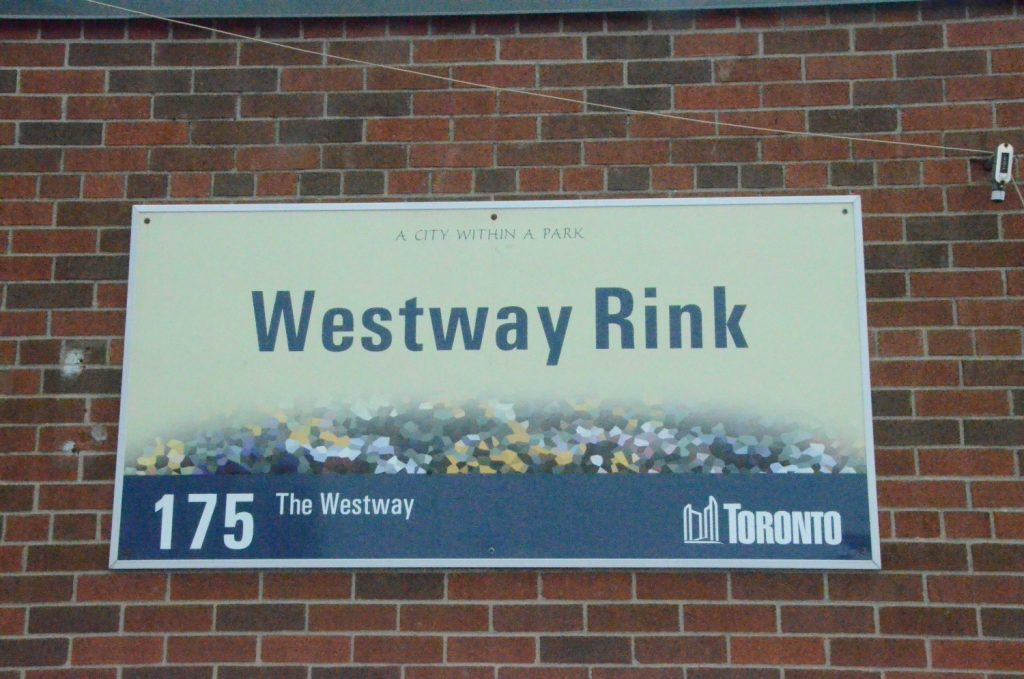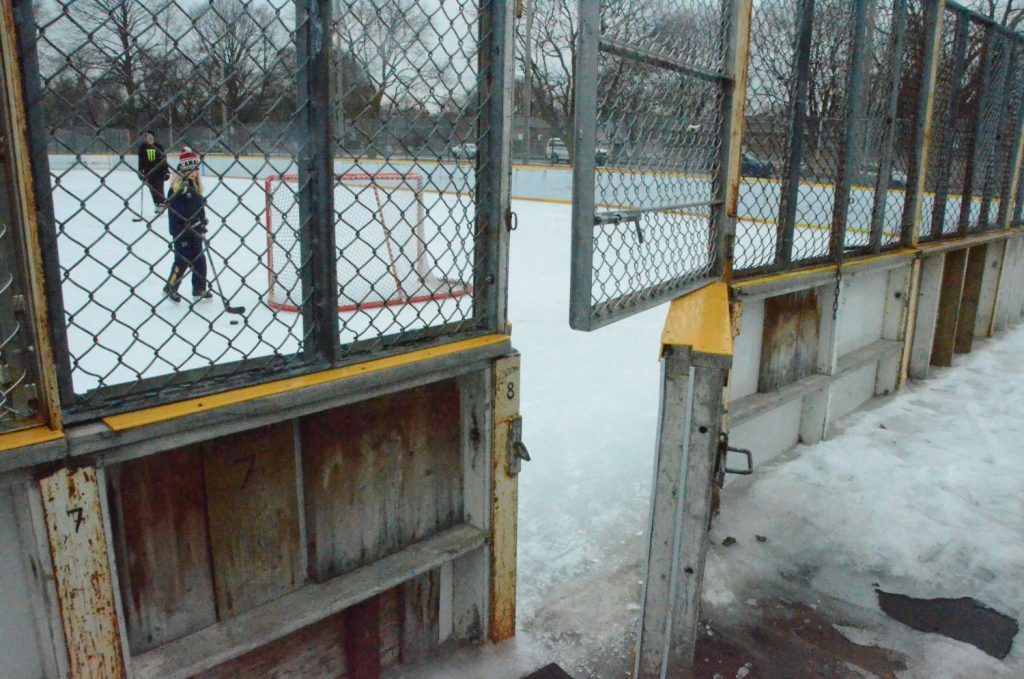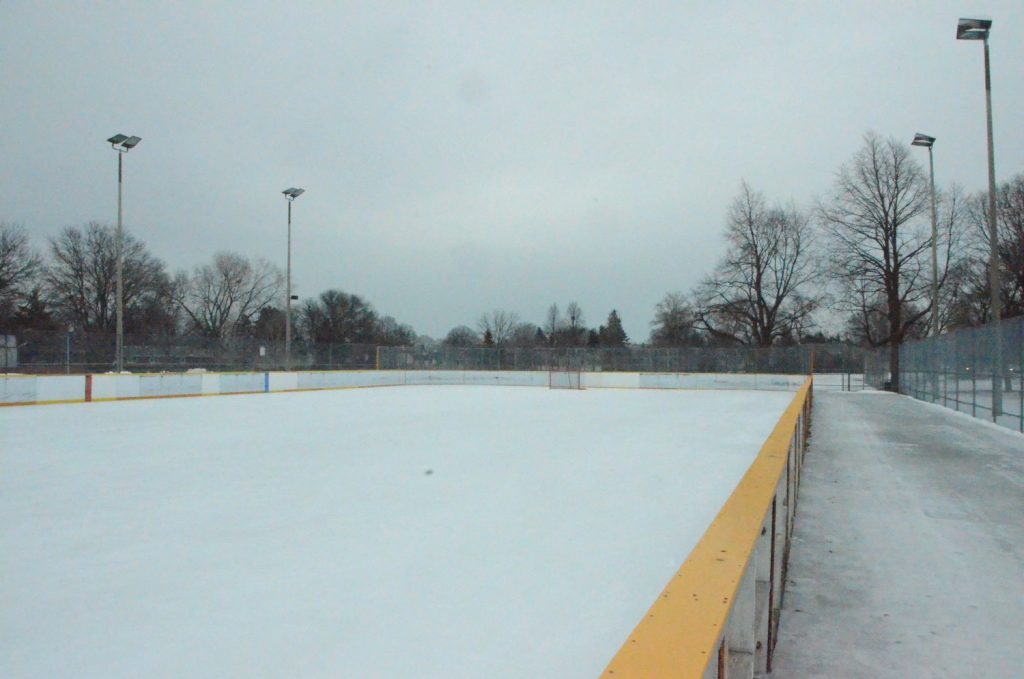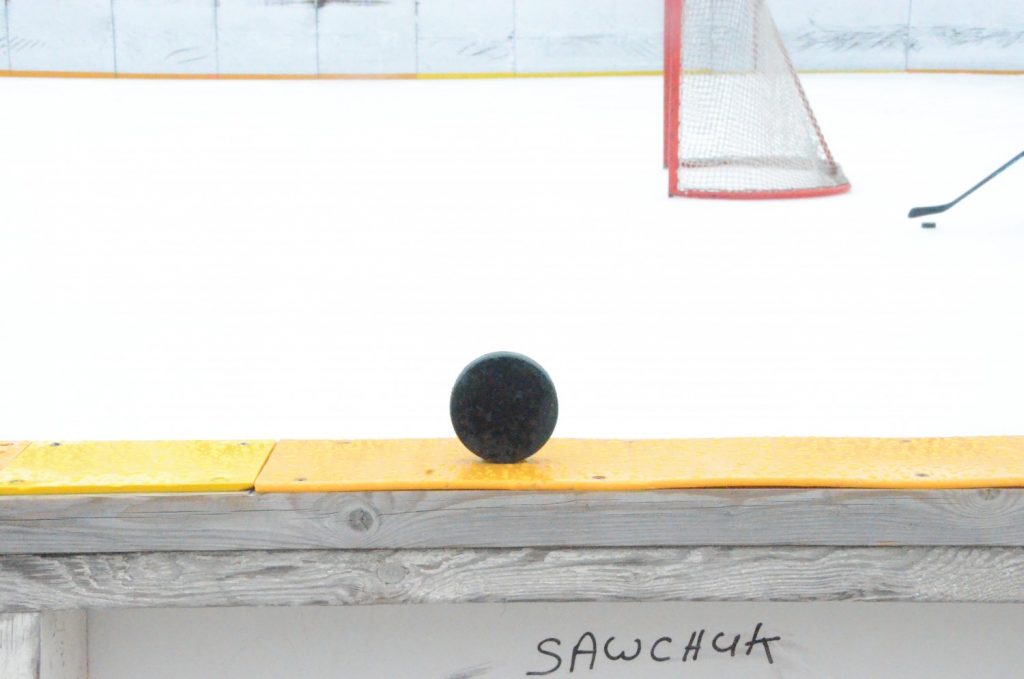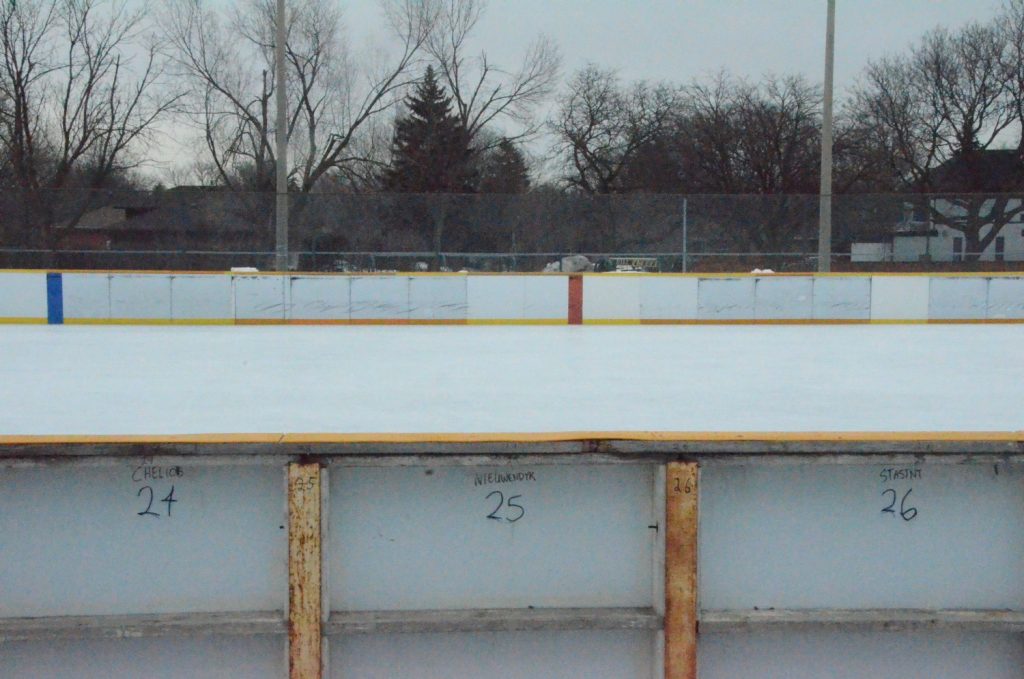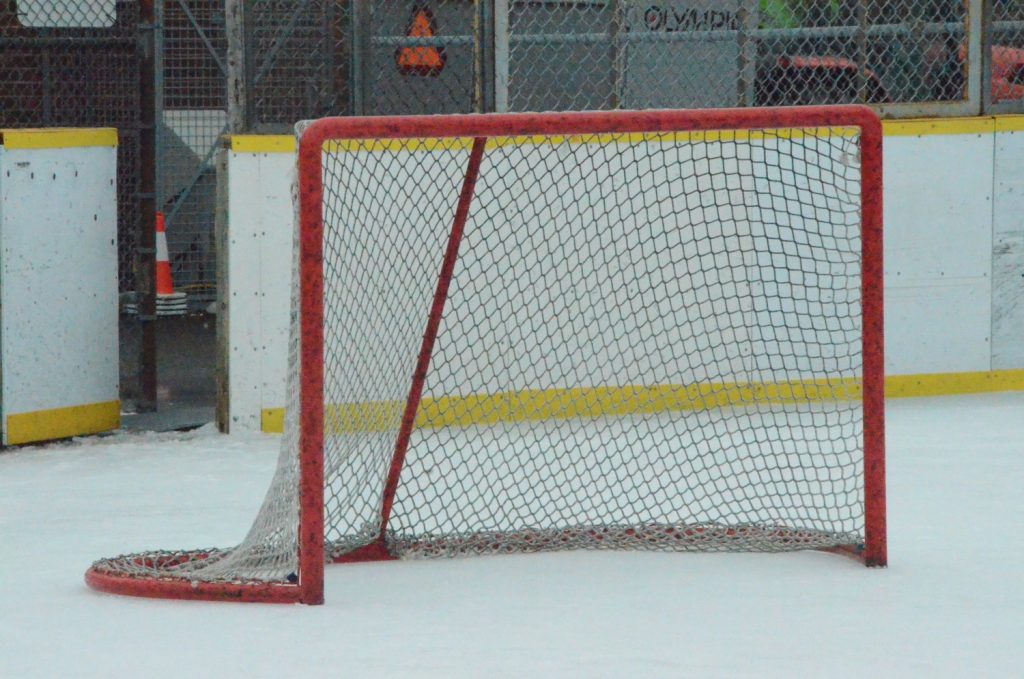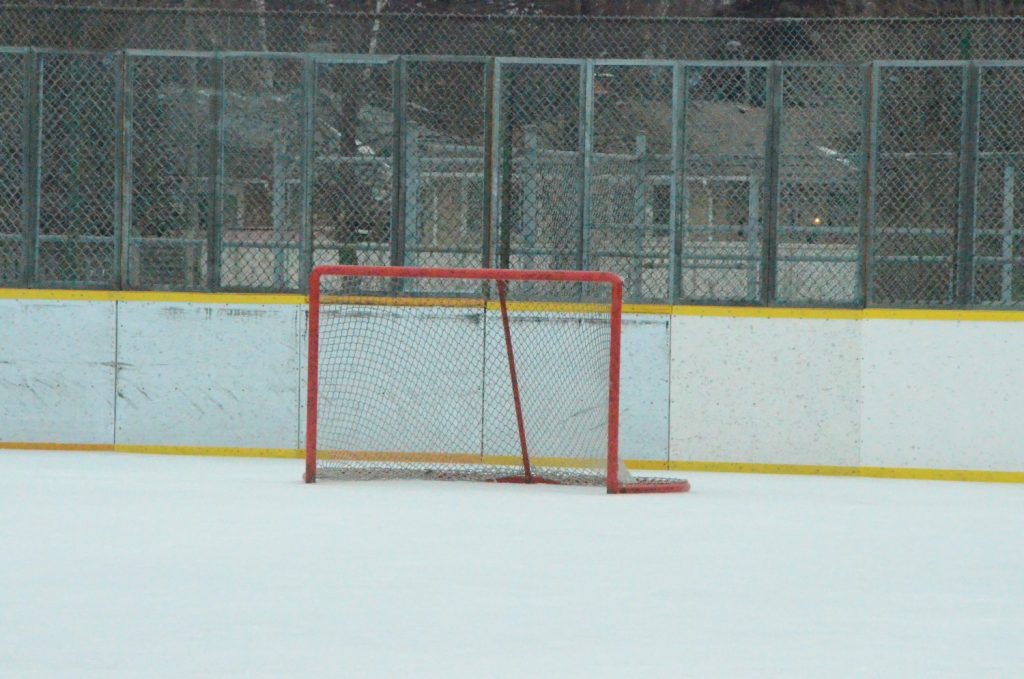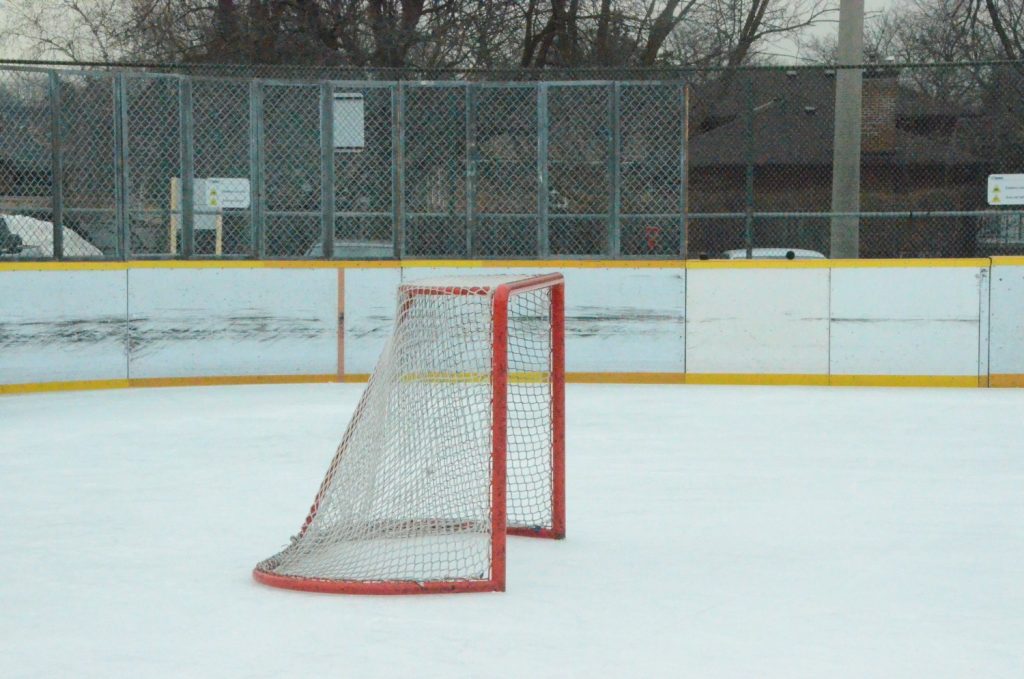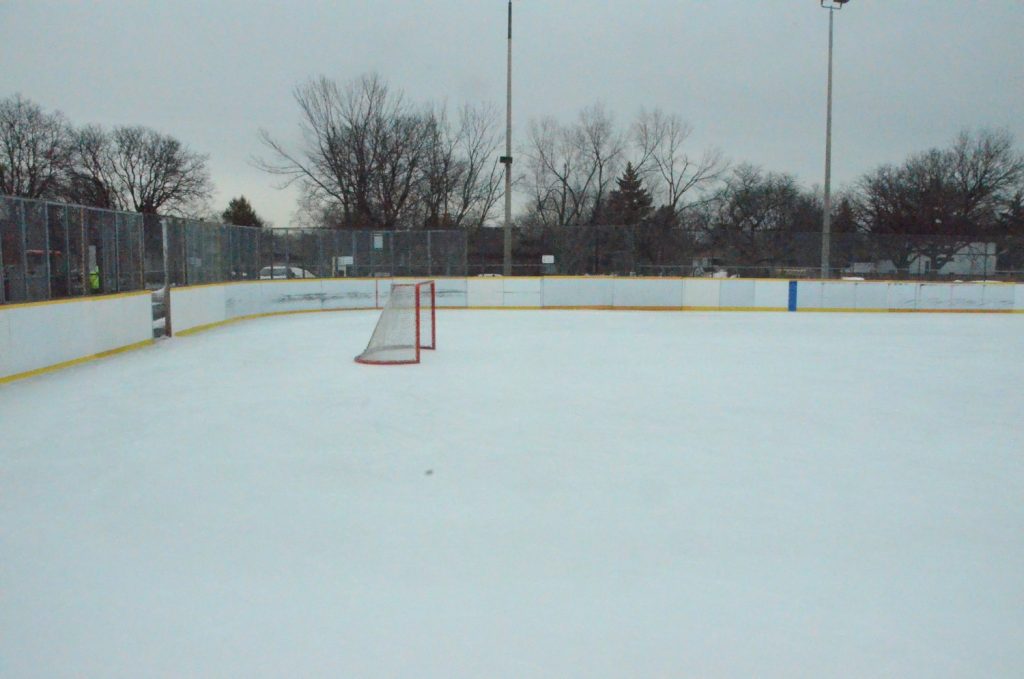Intro:
There is something about a beautiful winter day when the sun is shining that pulls Canadians out of the house and onto a frozen surface of ice to enjoy a sense of activity and community. A frozen body of water is a place where children can learn to skate, where family and friends can bond and even compete for bragging rights.
The debate comes down to public skating versus skating in the privacy of one’s backyard. Public rinks can often be crowded, with less space to roam, where private rinks offer comfort and a place to roam freely. Backyard rinks are a place to learn, a place to fall and get back up, free of embarrassment and a place to practice. While public rinks are more affordable and often offer an larger ice surface, the best memories can be created in private for just a small fee and a lot of work.
GianMarco Plastina, a second year student at Ryerson University and his family built rinks in their backyard for numerous years and he remembers his time on those rinks fondly.
“Competing with my brothers, sometimes we would bring friends over.” he said. “But it’s not easy, it’s a lot to maintain, you need to keep shoveling it and pouring extra layers of hot water properly.”
Plastina says that all the work that he put into the rinks each year came with rewards once they were frozen.
“I felt accomplished when I finished mine.” He said. “It’s like wow I actually did this.”
For a small fee and by following the steps laid out by experienced do it yourself rink builders, memories like Plastina’s can be experienced by all.
Step 1: Find the right spot
GianMarco Plastina stresses the importance of making sure the area is level.
“First you need a flat, large, empty space, the ground must be level.” Plastina says this step was quite easy for him and his family.
Before getting into the major steps of building a rink, there are tasks that may seem simple, but are crucial.
Find a large open space in your backyard, which makes building in the city a difficult task. Once you find this large open space make sure it is level enough to work.
Finding a level surface can be hard. Amateurs can use any regular level with a wooden board under it. Check before the ground freezes, in the case anything needs to be fixed. If all else fails, smaller rinks can be leveled by placing wood under the frame for balance.
Step 2: Framing and Tarping:
Framing and tarping is an important step in building a rink. If you do this wrong, your rink will not be able to hold water, and therefore will not freeze. A smart but not crucial step before framing is staking out the four corners of your rink using a stake and measuring tapes. This will help the boards stay straight when framing and stay in between your parameters. If you decide, you can take it one step farther by running a string from stake to stake, to help you measure your alignment.
Plastina says buying the materials for the barriers should not be too costly.
“To build the barriers you can go to any hardware store and get wood or plastic or anything really that is waterproof and you can connect together.”
If framing by wood the simplest way to do it is with L-shaped brackets and two by four cuts of wood. Lay a tarp down underneath the wood and build the frame on top, connecting the wood with the L-shaped brackets to hold the frame together.
Plastina says the role of the wooden frame is simple.
“The frame just needs to hold the water and the cover (tarp) you’re gonna use.”
Step 3: Filling the rink
Many first time rink builders think that filling in the foundation of their rink with water is as simple as it sounds, but Plastina warns simple tactics will not work.
“It’s not as easy as just completely filling up a tarp with water and waiting for it to freeze, because if you fill it too high to the top, it’s gonna freeze a layer on the top and then there is gonna be water unfrozen on the bottom so if you skate on it you are going to fall through.”
Filling the rink is a process. “You gotta do it step by step.” Plastina says. “You need to fill it by an inch, maybe two inches, wait for that to freeze and fill it another inch or two again or two more times depending on how high your barriers are.”
Without a deep freeze it usually takes three days for an ice surface to become completely solid in moderately cold weather according to Rinkmaster, a company that sells equipment. A weather stretch of – 5C is perfect.
Step 4: Cleaning the Ice
It is an unavoidable fact that snow falls on the ice. It is also inevitable that the ice will become rigid and bumpy if not cleaned properly. Do this immediately after it is deemed frozen before skating to prevent falling and injury.
“Sometimes when its first freezes it will look bumpy if it was snowing or if it was very windy outside, and this isn’t nice ice to skate on, so you need to smooth it out.” Plastina says “I would use a hot bucket of water and a mop and just drench the surface of the rink and spread the hot water around to fill out the uneven parts. Make sure to shovel the surface before pouring the water.”
Step 5: Maintain and Enjoy
Continue to shovel and clean the ice surface to maintain its maximum value. This will keep the ice surface smooth and safe. Shoveling the snow off regularly and cleaning it with hot water will keep it smooth for skating. Remember, skate blades inevitably will become less sharpened on outdoor rinks than regularly zambonied ice surfaces in arenas.
Picture Timeline:
The pictures below are pictures from an outdoor rinks near Kirkland Lake, Ontario. The pictures range from the 1920s to present day. It is a look at the constants and advancements that have occurred in outdoor rink building over the years.
History of Small Town Rinks
Image Captions
Photo 1: Provided by Mark Didine. The rink pictured is from the 1920s, and is on the old lake, which no longer exists and a Royal Bank sits in its place.
Photo 2: Provided by Gerry Young. This is a pic of the outdoor rink at the Teck Hughes from the late 1930s when the mines all had hockey teams and played each other
Photo 3: Provided by Sharon-Hillman-Savage. From the 1950s, the local Lions Club is shown cleaning the rink The barrel flooder is shown in use, borrowed from the KL Arena in the days before Zambonis were used.
Photo 4: Provided by Val MacPherson. Taken in January 1955, from a high vantage point on Grierson Ave looking over the Federal School rink towards the still relatively new at the time ‘wartime houses.’
Photo 5: Provided by Shannon Joly. Taken sometime between the 1970s-1980s, this rink was situated at the Queen Elizabeth elementary school.
Photo 6: Photo by Gordon Browne, provided by Doris Boleychuk Uhrayn One of the first snow blowers in Kirkland Lake
Photo 7: Taken by Alexa Morgan The last standing outdoor rink in the Kirkland Lake area that is built and maintained solely by volunteers.
Quick History:
The activity of skating is said to date back some 3000 years to the country of Finland. Origins of modern ice rink can be traced back to Montreal in 1875, where the first indoor hockey game was played at the Victoria Skating Rink. Skating has since evolved as a sport to be competed in internationally such as speed skating and figure skating, as well as evolving into the beloved game of hockey.
Public Vs. Private Rinks
Public Vs. Private
Public Vs. Private Rinks
We take a deeper dive into exploring the differences between public and private rinks. We conducted a poll on the preferences of skating options. We talked to Guelph Humber students about their backyard rink memories. Finally we interviewed Doug Bennet, who is incharge of the Sorareun Park rink each winter. We ask him what is so special about rink building and what type of work goes into it each year.
Benefits of Private Rinks
Private rinks offer the chance for practice.
GianMarco says he spent a lot of time practicing in his backyard.
“If I just wanted to take some shots on the net or work on some skating techniques then I would use it more than the public rink right now, but it’s a lot of work to do.”
“I wasn’t so great at skating so it was smart idea in my head to have my own little private area that I could practice my skating, and my stick handling.”
Poll Time
In an instagram poll responded to by 256 people, 68 per cent said they prefer to skate on backyard rinks in comparison on public rinks.
People who prefer private rinks
People who prefer public rinks
After conducting this poll we decided to take to the halls of The University of Guelph Humber to see what students think about backyard rinks.
Public Rinks in Toronto
We went to a few rinks in north-west Toronto to get visuals of some of the cities public rinks. The rinks are at Valleyfield Park, The Westway Rink, and the Martingrove road tennis courts.
Public Rink Maintenance
Who builds and maintains public rinks? In the city of Toronto there is a labour division between city workers and community volunteers depending on where the rink is. Doug Bennet is one of those community volunteers. He has been in charge of building and organizing the Sorauren Park Rink for many years. We caught up with Doug down at the park to find out how the rink brings the community together and what type of work goes into building it.
